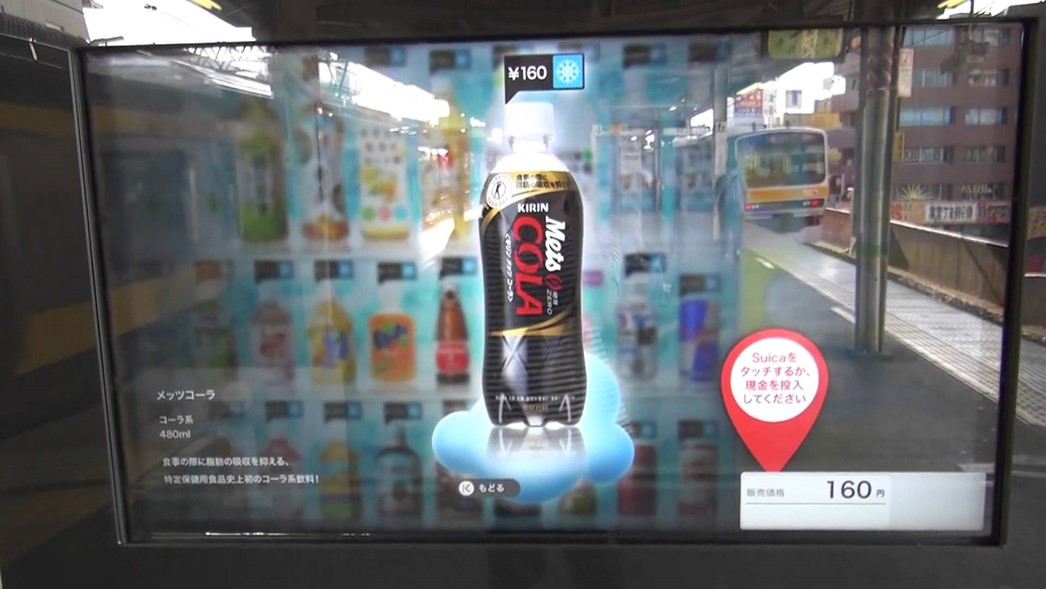Why There Are So Many Vending Machines In Japan
February 19, 2015 in Daily Bulletin

Japan has more vending machines per square kilometer than any other country. Brian Ashcraft looked at why the country has such an affinity for them:
- The machines make business sense. They’re cheaper to operate than a shop and make a brand’s products widely available.
- They also serve as free advertizing since the sides of the machines act as billboards pushing the brand.
- Some use the machines as publicity stunts. One company announced that it would sell lingerie through a vending machine, just for the media coverage it garnered.
- The country has a long relationship with “unmanned sellers” which were just open stalls with fruits and vegetables. Buyers were meant to take what they wanted and leave the correct amount of money.
- These days the machines appeal in part due to their technical sophistication. They come with giant touch screens that do things like display the latest headlines.
Read more about the machines, the kinds of things you can get from them, why low rates of crime have boosted their popularity, and much more over here.
Source: Kotaku









Join the Discussion! (No Signup Required)